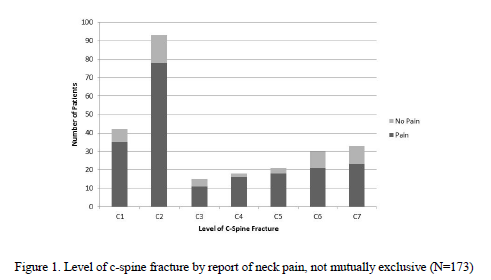For many years, patients were automatically given not one, but two units of blood anytime they got “anemic” while in the hospital. And anemia was defined as a hemoglobin (Hgb) value < 10. Wow! Then we recognized that blood was a dangerous drug, with many potential complications.
We’ve come a long way, with our transfusion trigger slowly dropping and giving just one unit of blood at a time when needed. Many trauma centers use a transfusion trigger Hgb of 7 in younger, healthier patients. The question is, how low can you (safely) go?

The trauma program at Wake Forest University analyzed their data, and found that there was no “physiologic advantage” to transfusions in patients with Hgb of 6.5 to 7. Therefore, they lowered their transfusion trigger from 7 to 6.5 and retrospectively studied the results for the six months before and six months after the switch. Patients with hemorrhage, anticipated surgical procedures, or unreconstructed coronary artery disease were excluded.
Here are the factoids:
- Of 852 patients admitted to the ICU, 131 met criteria and had a Hgb < 7
- 72 patients were transfused with a trigger of 7, and 59 with a trigger of 6.5
- There was no difference in ventilator, ICU, or hospital days, or mortality
- The transfusion rate dropped by 27%, saving 72 units of blood
Bottom line: We continue to determine how low we can go with this. In healthy patients, the magic number is probably even lower. But we are increasingly seeing older, less healthy trauma patients. The next step is to start looking at subsets to determine what is safe for each group.
Questions and comments for the authors/presenter
- Tell us the nature of the “preliminary work” that led to this paper. Was it animal data, or some kind of analysis of your patient data?
- Since coronary artery disease was an exclusion criterion, how did you know a patient had it? By history alone?
- Please show an age histogram of all units given at each threshold. This will let us see if there is any age bias present.
- How low did the Hgb actually get in both groups? A histogram would be nice on this one, too.
- Do you have any recommendations regarding selection based on age, frailty, or other parameters? What is your practice now?
- Your outcome measures are somewhat crude, meaning that one would not really expect much of a change in those variables due to an extra unit or two of blood. What about adverse reactions that necessitated a fever workup or other intervention? Any differences between the groups there?
Click here to go the the EAST 2017 page to see comments on other abstracts.
Related posts:
- Blood transfusion with component therapy vs whole blood
- Predicting massive transfusion with the ABC tool
- Jehovah’s witnesses and blood transfusion, demystified
Reference: Effects of a more restrictive transfusion trigger in trauma patients. Poster #38, EAST 2017.

